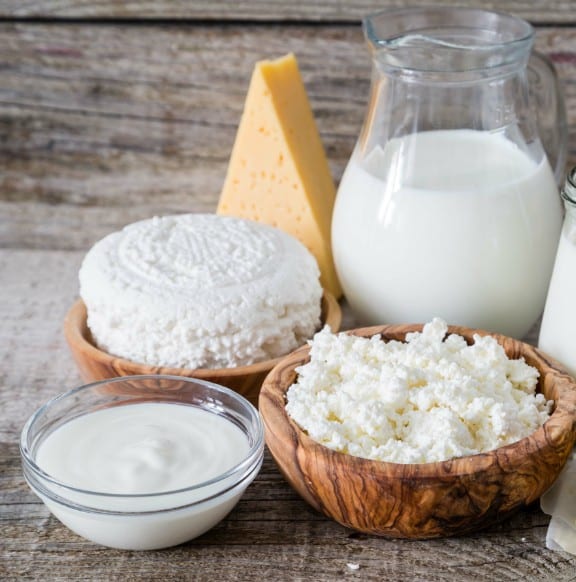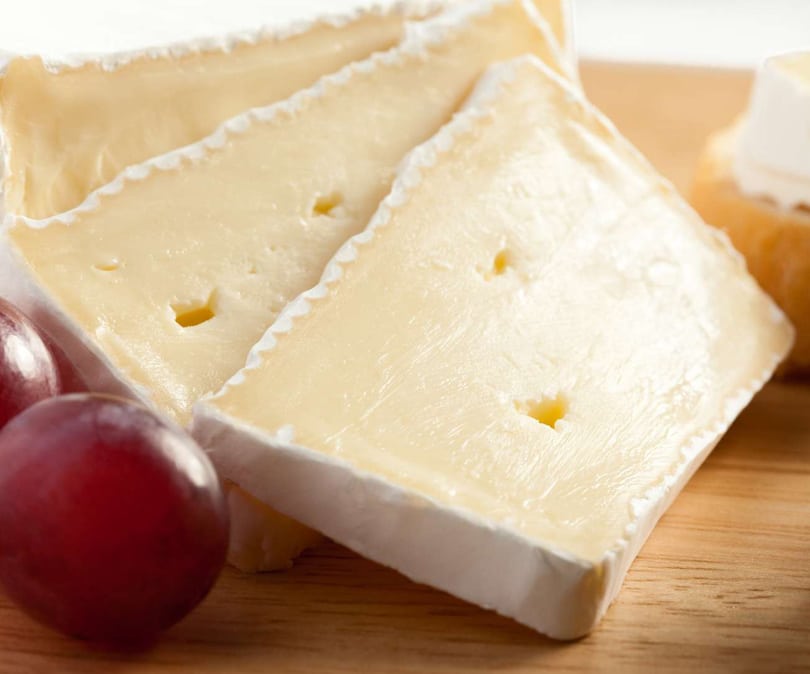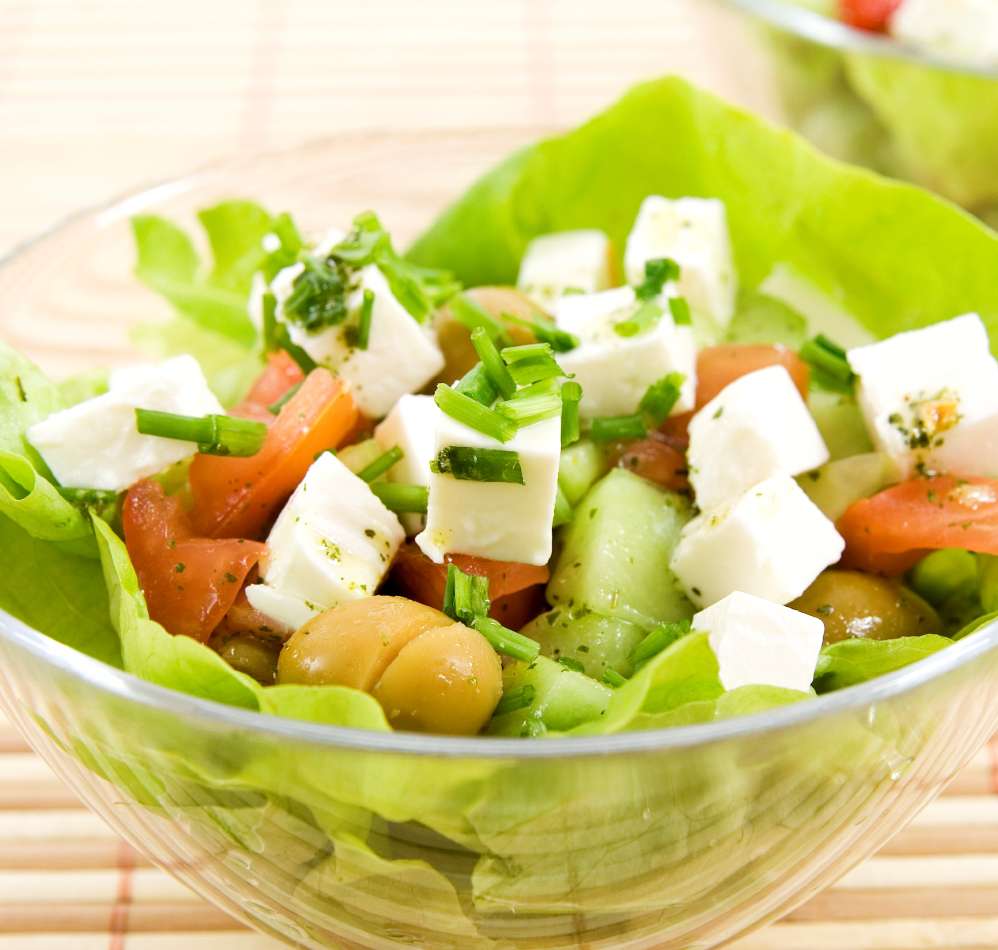Do you make traditional cheese? Soft cheese, hard cheese, fresh cheese, low-fat cheese… Each of these products must have specific characteristics in terms of texture and taste to seduce consumers. At the same time, your customers are increasingly interested in product composition and are favoring those who demonstrate a clear conscience regarding their ingredients.
How can you satisfy your consumers while also optimizing manufacturing processes and recipe costs?
Milk proteins for traditional cheese provide you with all these requested functionalities. Furthermore, they can be easily integrated into your process!
The benefits of milk proteins in traditional cheese making
Boasting natural ingredients as well as maintaining consistent texture and flavor: how to satisfy consumers while controlling manufacturing process?
Milk proteins provide the solution to these demands.
- They provide all of the organoleptic functionalities in each type of cheese. From the moist curd of mozzarella to the stringiness of parmesan, milk proteins provide texture and flavor with an authentic, all-natural dairy taste. Thanks to their melting properties, proteins replace food emulsifiers.
→ Consumers will like the taste and natural qualities of your cheese!
- Manufacturing process is simplified. Adding proteins allows you to standardize the milk while maintaining a consistent quality of your cheese. With this ingredient, you avoid seasonal constraints. Whether the milk comes from grass-fed or forage-fed cows, in summer or winter, no longer complicates your methods.
→ You gain flexibility within your manufacturing process!
- Enriching milk with high value-added proteins reduces coagulation times, thus increasing your yields. In addition, you can expand your offerings as desired between low-fat cheese and protein-enriched cheese.
→ You increase and also diversify production!
![iStock_000012276059Medium[1]](https://www.ingredia-food.com/wp-content/uploads/2021/06/iStock_000012276059Medium1.jpg)
Trends in the cheese market
All over the world, cheese is on the rise! According to Planetoscope, an average of 17 kg of cheese is consumed per person per year in Europe.
Elsewhere around the globe, the same upward trend can be seen. The potential for market development is significant in Asia, Russia and South America. The United States of America and Canada are both major producers and consumers of cheese.
But which cheese are we talking about here? Traditional cheese serve different purposes:
- trendy cheese is a great option for gourmet snacks, easy to bring along and eat on the go,
- gourmet cheese is the key ingredients of delicious and original recipes.
Nutritionally rich (calcium, proteins, B vitamins), these dairy products are also appreciated by consumers, including flexitarians and vegetarians.
Whatever their type of consumption, they must still respect naturalness, health and transparency criteria. This applies to packaging, ingredients and origin, as well as to manufacturing processes.
Promilk®, natural additives for traditional cheese making
Our milk proteins are adapted to all types of traditional, industrial and artisanal cheese.
They can be rich in native casein, or functionalized, thanks to how they’re made. The latter is non-denaturing and preserves all of the dairy product’s nutritional value.
Meeting consumer expectations while facilitating and improving manufacturing process: that’s the winning combination offered by our milk proteins!

Promilk® Chiz B87
This milk protein isolate is a functionality booster. It brings texture and stretching to pasta filata.
Promys® Chiz E55
This milk protein concentrate is ideal for all low-fat cheese because it actually replaces fat. This product is lean while maintaining a pleasant texture.
Promilk® 852B Via Lacta
Increased yields and easy cheese quality regulation: all of this is possible while respecting the environment, the producer, and also the animals’ welfare. Our grass-fed cow’s milk charter is committed to all of these aspects. By choosing Promilk® 852B Via Lacta, you guarantee the functionality of your traditional cheese while also highlighting your eco-responsible commitment.


